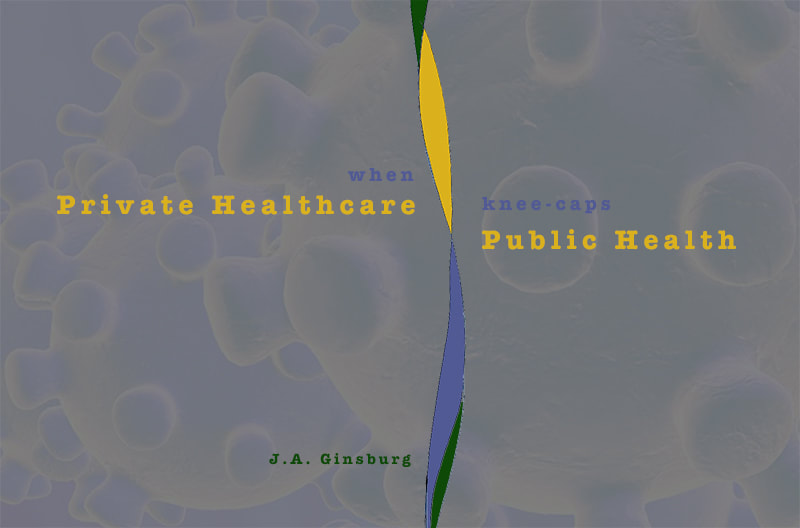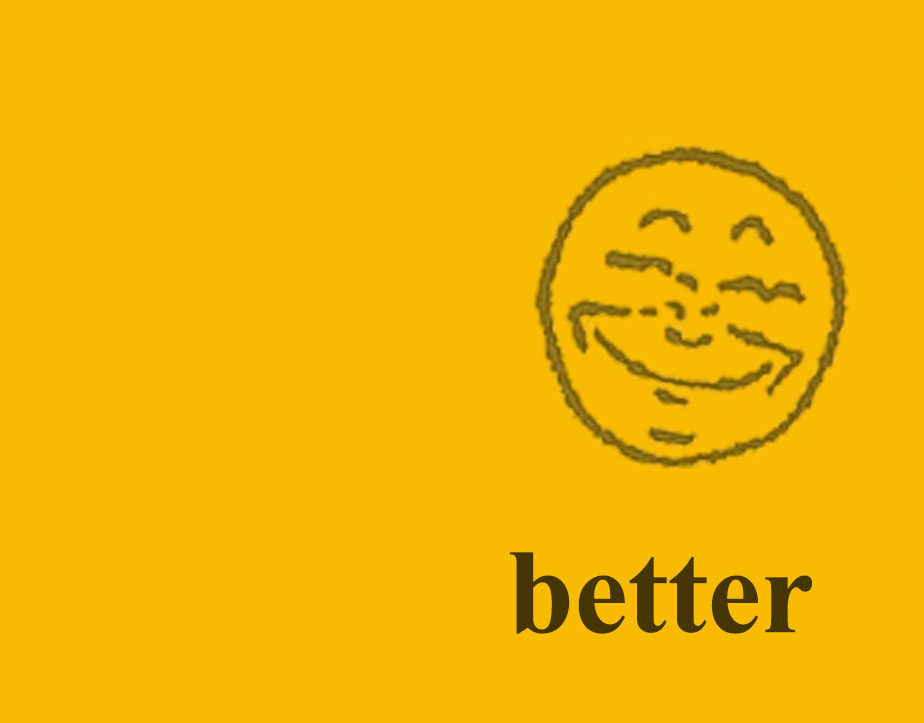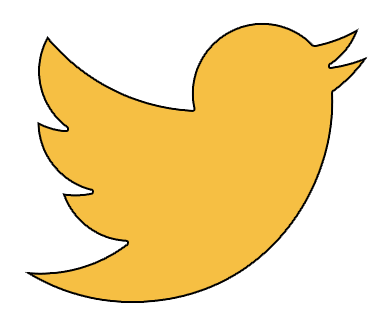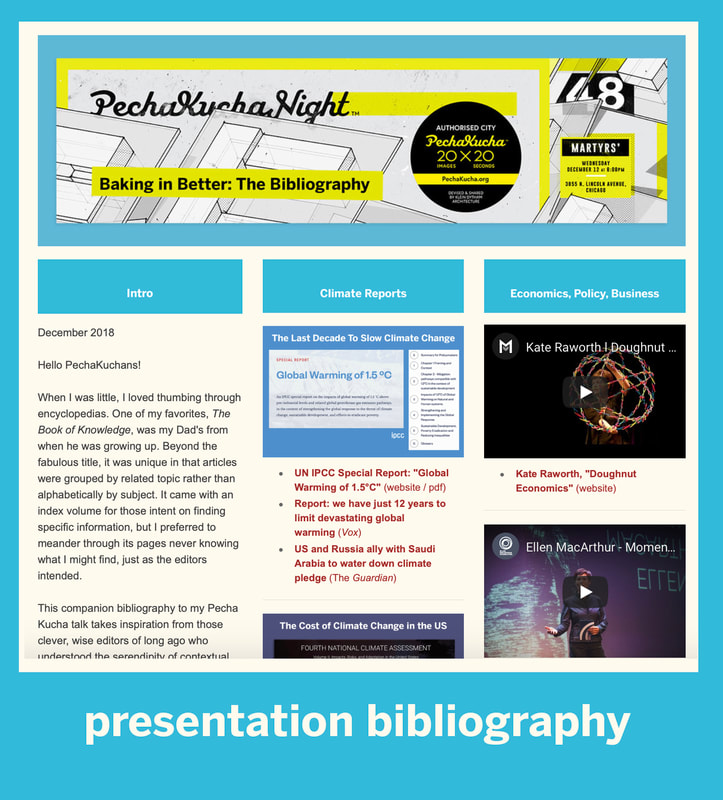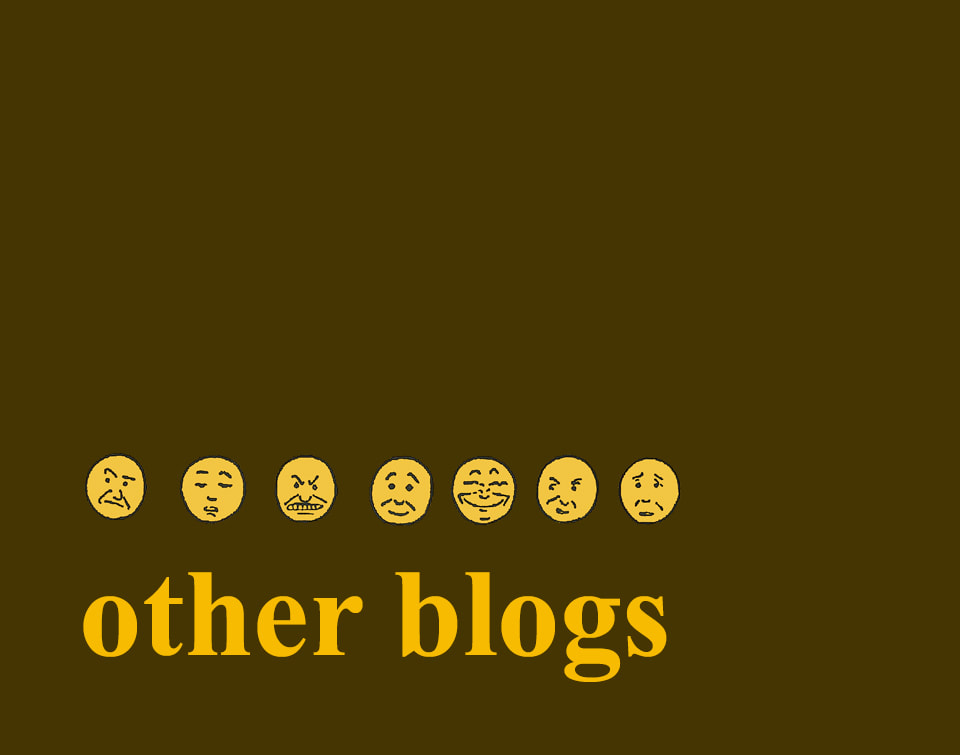Could COVID-19, the all-but-officially-designated pandemic now threatening to tip the world into global recession, help fix the American healthcare system? It may be a case of making lemonade from a giant lemon of a disaster, but also could be a campaign issue ready for its close up.
A global pandemic is a great leveler, infecting rich and poor alike. Indeed, given the shock to the stock market, COVID-19 could present a greater danger to the rich, at least initially, vaporizing vast wealth with news of each confirmed case—while GDP, capitalism’s scorecard—erodes as global supply chains freeze up. Tariffs may raise prices, but quarantines close factories and markets.
According to data-crunching website World Population Review, the US now ranks a mediocre 37th in global healthcare, right behind Costa Rica. The systematic dismantling of the Affordable Care Act (Obamacare) over the last three years has widened the divide between medical “haves” (the wealthiest of whom can afford “concierge care”) and “have nots” (many of whom cannot afford to buy even bare-bones insurance.) In between are most of us who have witnessed a steady rise in insurance deductibles in tandem with cutbacks in coverage.
Horror stories abound about sick people forced to choose between medicine, food and shelter because they cannot afford all three. About two-thirds of all bankruptcies in the US are tied to medical costs. Navigating “in-network” and “out-of-network” is almost impossible, especially when surgery is involved. And there is no guarantee that even when a patient has secured advance approval for a procedure that their insurance company will honor it.
•••••••••••••
COVID-19 is essentially a coronavirus with a kick. There are dozens of coronaviruses, including several that, along with rhinoviruses, are responsible for most common colds. Yet while a typical cold virus thrives in the nose and throat, COVID-19 (which is the name of the disease— the virus itself is called SARS CoV-2) flourishes further down in the respiratory tract where it can cause pneumonia.
Many cold viruses have circulated the world, technically qualifying for pandemic status, a near-simultaneous, global outbreak. But as miserable as a cold may be, it is rarely life-threatening, so we don’t track the spread.
When news of COVID-19’s emergence in Wuhan, China first surfaced, it was clear that this was something different, and I began to look for broad-brush clues to figure out what would happen next. Having covered a number of disease outbreaks (once chasing a pack of scientists chasing migrating birds up the Mississippi Flyway for a segment on West Nile), I have learned that each is unique. Also, that after enough time talking to epidemiologists, you begin to think like one.
Here is what we know about COVID-19:
The good news is that a “herd immunity” should develop at some point. According to researchers analyzing COVID-19's spread, as much as 70% of the human population—billions of people—could become infected with SARS CoV-2 in the coming months and years. Given a disease this contagious, eventually a critical mass of people will emerge (including those who never show any sign of illness), who develop antibodies providing a natural immunity. Unfortunately, we won’t know who is naturally immune and who isn’t. But a robust herd immunity means fewer susceptible human hosts and the outbreak should fade away. At least until the virus mutates.
A robust herd immunity could, however, complicate the deployment of a future vaccine since there would be no easy way to know who actually needs one. And in between viral flare-ups, people would likely be less motivated to get a one—especially if a co-pay cost were involved as there often is for seasonal flu shots. So far a billion dollars of taxpayer money has been earmarked for vaccine development, with no guarantee of how much it will cost patients.
A vaccine is at best still at least a year off. In the near term it is the nearly 20% who become severely or critically that pose the immediate danger to the global economy. These are workers who cannot work. Families that are struggling with panic, grief, loss of income and the cost of caring for one or more dangerously ill loved ones. To focus only the death rate (which at the current estimate of 2.5% is 2500 times as high as the death rate for flu) misses the full spectrum of the threat.
••••••••••••
In the meantime, the bad news in the US is that our private healthcare system is riddled with disincentives that will keep people who may be infected from seeing a doctor and getting tested. In Florida, a man who had recently been in China for work began feeling ill, so went to a hospital in Miami to be tested. He walked out with a flu diagnosis and a $3,000 bill, thanks to a now-legal, high-deductible, “junk” insurance plan. The insurance will pay a little more than half, but only if he can dig up three years worth of medical records to prove that his flu wasn’t the result of a prior condition.
At least he had insurance. Those without insurance, or who can’t afford high co-pays and deductibles, or may be illegal immigrants or related to illegal immigrants won’t be rushing to get tested.
This kind of nonsense is going to get us all sick—and may get some of us killed. A contagious pandemic is an everybody-loses game. Our healthcare system knee-caps public health and is also a disaster for the nation’s financial health. The money that man in Florida now owes his insurance company won’t be available for him to spend on anything else. Sky-high healthcare costs are a direct hit on consumer spending—the bedrock upon which our economy has come to depend.
COVID-19 is the latest global health scare. It will not be the last. We are vulnerable, and have been made increasingly vulnerable by changes in government policy over the last three years. We need to do better.
Universal healthcare isn’t only a right, it is the right thing to do.
A global pandemic is a great leveler, infecting rich and poor alike. Indeed, given the shock to the stock market, COVID-19 could present a greater danger to the rich, at least initially, vaporizing vast wealth with news of each confirmed case—while GDP, capitalism’s scorecard—erodes as global supply chains freeze up. Tariffs may raise prices, but quarantines close factories and markets.
According to data-crunching website World Population Review, the US now ranks a mediocre 37th in global healthcare, right behind Costa Rica. The systematic dismantling of the Affordable Care Act (Obamacare) over the last three years has widened the divide between medical “haves” (the wealthiest of whom can afford “concierge care”) and “have nots” (many of whom cannot afford to buy even bare-bones insurance.) In between are most of us who have witnessed a steady rise in insurance deductibles in tandem with cutbacks in coverage.
Horror stories abound about sick people forced to choose between medicine, food and shelter because they cannot afford all three. About two-thirds of all bankruptcies in the US are tied to medical costs. Navigating “in-network” and “out-of-network” is almost impossible, especially when surgery is involved. And there is no guarantee that even when a patient has secured advance approval for a procedure that their insurance company will honor it.
•••••••••••••
COVID-19 is essentially a coronavirus with a kick. There are dozens of coronaviruses, including several that, along with rhinoviruses, are responsible for most common colds. Yet while a typical cold virus thrives in the nose and throat, COVID-19 (which is the name of the disease— the virus itself is called SARS CoV-2) flourishes further down in the respiratory tract where it can cause pneumonia.
Many cold viruses have circulated the world, technically qualifying for pandemic status, a near-simultaneous, global outbreak. But as miserable as a cold may be, it is rarely life-threatening, so we don’t track the spread.
When news of COVID-19’s emergence in Wuhan, China first surfaced, it was clear that this was something different, and I began to look for broad-brush clues to figure out what would happen next. Having covered a number of disease outbreaks (once chasing a pack of scientists chasing migrating birds up the Mississippi Flyway for a segment on West Nile), I have learned that each is unique. Also, that after enough time talking to epidemiologists, you begin to think like one.
Here is what we know about COVID-19:
- Can be transmitted by asymptomatic carriers.
- Can incubate for up to two weeks.
- Can survive on surfaces for more than a week.
- Is fairly contagious. On average each infected person can infect two others, but “super-spreaders” can infect far more.
- Since the virus likely “jumped” into humans from another species—perhaps an animal that didn’t show any symptoms—it is reasonable to think that animals can catch it from people, providing another avenue for spread. It is possible that the animal that led to the first human case may not have been infected at all, but rather harbored virus on its fur.
- The virus may have begun circulating as early as last November, so could have started its spread around the world before China began imposing quarantines and global public health officials raised the alarm.
- COVID-19 lab tests are prone to false negatives; and there aren’t enough tests to go around.
- Many more people have been infected than have been clinically diagnosed.
- An estimated 80% of those infected either show no symptoms or have a mild illness, presumably something more like a regular cold.
- Of the rest, 14% have what's categorized as severe illness (trouble breathing, low blood oxygen levels) and about 5% are deemed "critical" (respiratory failure, sepsis, organ dysfunction). About half the critical patients surveyed died, but at this point there are so many unknowns with COVID-19 that the true fatality rate has yet to be determined.
The good news is that a “herd immunity” should develop at some point. According to researchers analyzing COVID-19's spread, as much as 70% of the human population—billions of people—could become infected with SARS CoV-2 in the coming months and years. Given a disease this contagious, eventually a critical mass of people will emerge (including those who never show any sign of illness), who develop antibodies providing a natural immunity. Unfortunately, we won’t know who is naturally immune and who isn’t. But a robust herd immunity means fewer susceptible human hosts and the outbreak should fade away. At least until the virus mutates.
A robust herd immunity could, however, complicate the deployment of a future vaccine since there would be no easy way to know who actually needs one. And in between viral flare-ups, people would likely be less motivated to get a one—especially if a co-pay cost were involved as there often is for seasonal flu shots. So far a billion dollars of taxpayer money has been earmarked for vaccine development, with no guarantee of how much it will cost patients.
A vaccine is at best still at least a year off. In the near term it is the nearly 20% who become severely or critically that pose the immediate danger to the global economy. These are workers who cannot work. Families that are struggling with panic, grief, loss of income and the cost of caring for one or more dangerously ill loved ones. To focus only the death rate (which at the current estimate of 2.5% is 2500 times as high as the death rate for flu) misses the full spectrum of the threat.
••••••••••••
In the meantime, the bad news in the US is that our private healthcare system is riddled with disincentives that will keep people who may be infected from seeing a doctor and getting tested. In Florida, a man who had recently been in China for work began feeling ill, so went to a hospital in Miami to be tested. He walked out with a flu diagnosis and a $3,000 bill, thanks to a now-legal, high-deductible, “junk” insurance plan. The insurance will pay a little more than half, but only if he can dig up three years worth of medical records to prove that his flu wasn’t the result of a prior condition.
At least he had insurance. Those without insurance, or who can’t afford high co-pays and deductibles, or may be illegal immigrants or related to illegal immigrants won’t be rushing to get tested.
This kind of nonsense is going to get us all sick—and may get some of us killed. A contagious pandemic is an everybody-loses game. Our healthcare system knee-caps public health and is also a disaster for the nation’s financial health. The money that man in Florida now owes his insurance company won’t be available for him to spend on anything else. Sky-high healthcare costs are a direct hit on consumer spending—the bedrock upon which our economy has come to depend.
COVID-19 is the latest global health scare. It will not be the last. We are vulnerable, and have been made increasingly vulnerable by changes in government policy over the last three years. We need to do better.
Universal healthcare isn’t only a right, it is the right thing to do.

